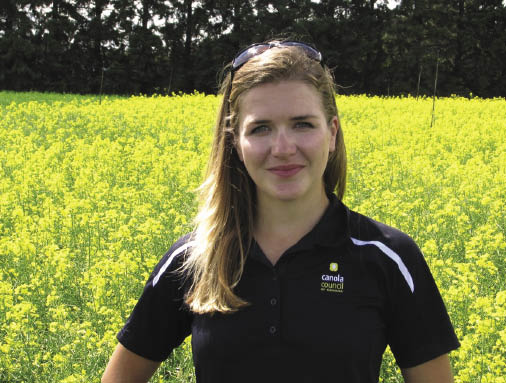At the top of Angela Brackenreed’s list of key weed management tactics are tried and true practices familiar to all growers, but this Canola Council of Canada’s agronomy specialist stresses these strategies, however familiar, deserve serious consideration when fighting weeds.
1. Scouting is key for any agronomic issue in production, says Brackenreed. “If you’re not in your field on a regular basis, you just don’t know what’s going on and you’re bound to have surprises. It’s key to weed management,” she says.
Read Also

Claas brings 1000 Series SP forage harvesters to Canada
In mid-August, Claas unveiled its new line of Jaguar forage harvesters at an event in Visalia, California, deep in the heart of that state’s dairy region.
2. Diversify by utilizing different herbicide modes of action, use effective tank mixes that have overlapping activity on targeted weeds and try to add some diversity to your cropping plans.
3. Canola needs a clean field early in the growing season, says Brackenreed. “Canola needs to get off to a good start to reach its full yield potential. It needs a clean field and good seedbed conditions… often the weeds can get a jump on it.” Producers should consider weed control throughout the year, not just in the spring. Assess the weed spectrum in each field and determine whether a fall weed control application is required or if it can be left until the spring. “For perennials you should be trying to target a fall application. Timing can be difficult and sometimes it’s not possible,” she says.
More from the Grainews website: Diversify rotations to slow resistance
4. Weed control is not just about the weeds — it can also help you with disease management, says Brackenreed. To minimize the pathogen load in your canola, it is important to control weeds — such as stinkweed and shepherd’s purse — that can act as a bridge for certain diseases in your non-canola years.
5. Keeping a log for each individual field on all production issues, including problem weeds, is an important practice. For example, farmers can keep track of weed species, where they’re located in the field, and weed control methods that have and have not worked.
















